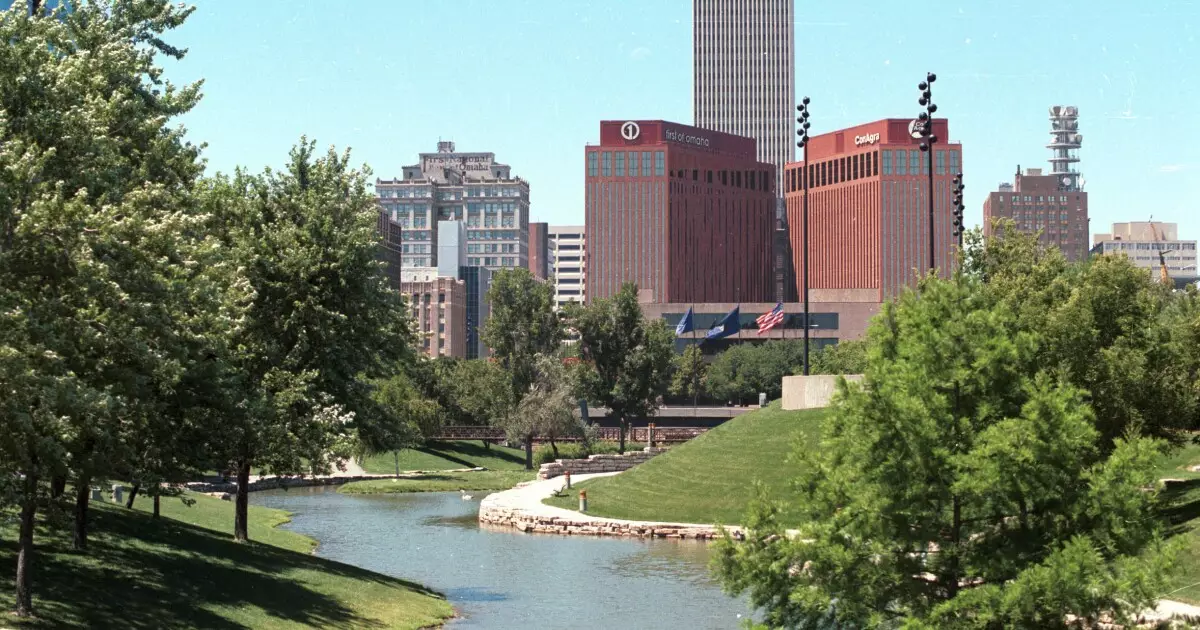The approval of a $333.4 million general obligation bond referendum by the Omaha City Council signifies a significant step in the city’s capital planning process for the next four to five years. The bond proceeds will be allocated towards sewer construction and improvements, streets and parking, public safety and convention center facilities, parks and recreation, highways and bridges, and police and firefighting equipment. According to Omaha Finance Director Stephen Curtiss, the city’s draft $3.1 billion capital improvement program for 2025 to 2030 includes approximately 70 projects, with at least four of them being new developments.
The capital improvement program notes that about 60% of the revenue sources in the Comprehensive Improvement Program (CIP) come from the sewer revenue improvement fund, while 24% come from general obligation bonds. It is estimated that an average of approximately $122.28 million in general obligation bonds will be issued each year from 2025 to 2030. The allocation of the city’s bond dollars will see about 58% directed towards transportation improvements, with the remaining percentage being divided among public facilities, environment, parks and recreation, and public safety.
Historical Approval of General Obligation Bonds
Omaha voters have traditionally approved general obligation bond ballot measures for capital improvements approximately every four years. In May 2022, the local voters authorized $260.3 million of general obligations bonds. In line with these initiatives, the City Council recently held a public hearing on $50 million of special tax revenue redevelopment bonds, which are backed by a community redevelopment tax and do not require voter approval.
In response to the city’s growth limitations, particularly in terms of land availability for annexation, Omaha is focusing on urban revitalization and redevelopment. The proposed establishment of a community development agency and the Urban Core project are part of the city’s efforts to address these challenges. Omaha’s downtown has experienced a decline in job opportunities, and the city’s planning department predicts that by 2040, the suburban outskirts will become developed and by the mid-2050s, growth through annexation will slow down significantly.
Omaha has recently issued various purpose bonds and lease revenue bonds to fund equipment purchases and infrastructure improvements, among other projects. Moody’s Ratings assigned an Aa2 rating to the bonds, while S&P Global Ratings rated them AA-plus. The stable outlook reflects Omaha’s strong credit characteristics as a regional economic center with robust employment opportunities, a thriving housing market, and population growth.
Despite the city’s challenges in terms of growth limitations and development constraints, Omaha’s strategic approach to capital planning and urban redevelopment projects demonstrates a proactive stance towards meeting future infrastructure and community needs. The approval of the general obligation bond referendum underscores the city’s commitment to sustainable growth and development. Through careful management of financial resources and strategic investments, Omaha is poised to overcome its challenges and thrive in the years to come.

